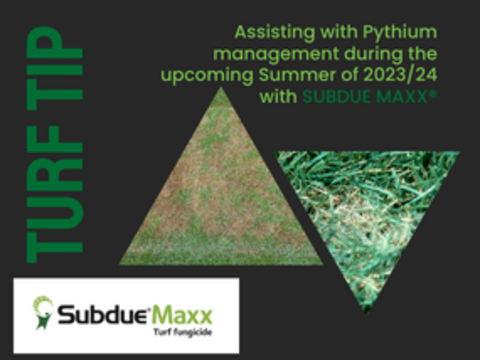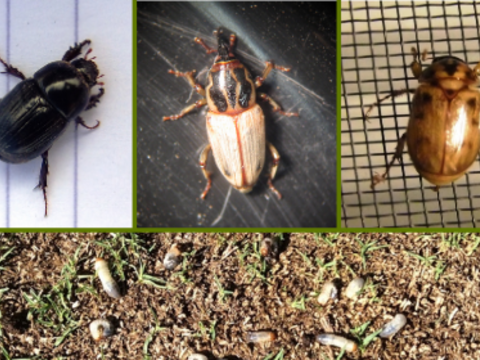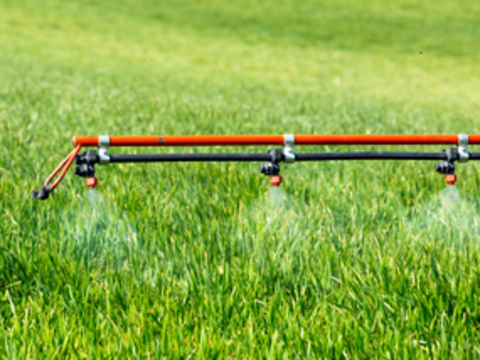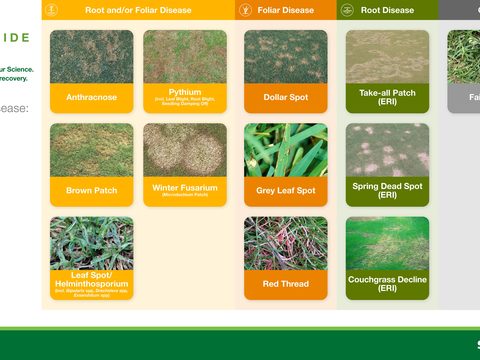Managing Fungicide Resistance
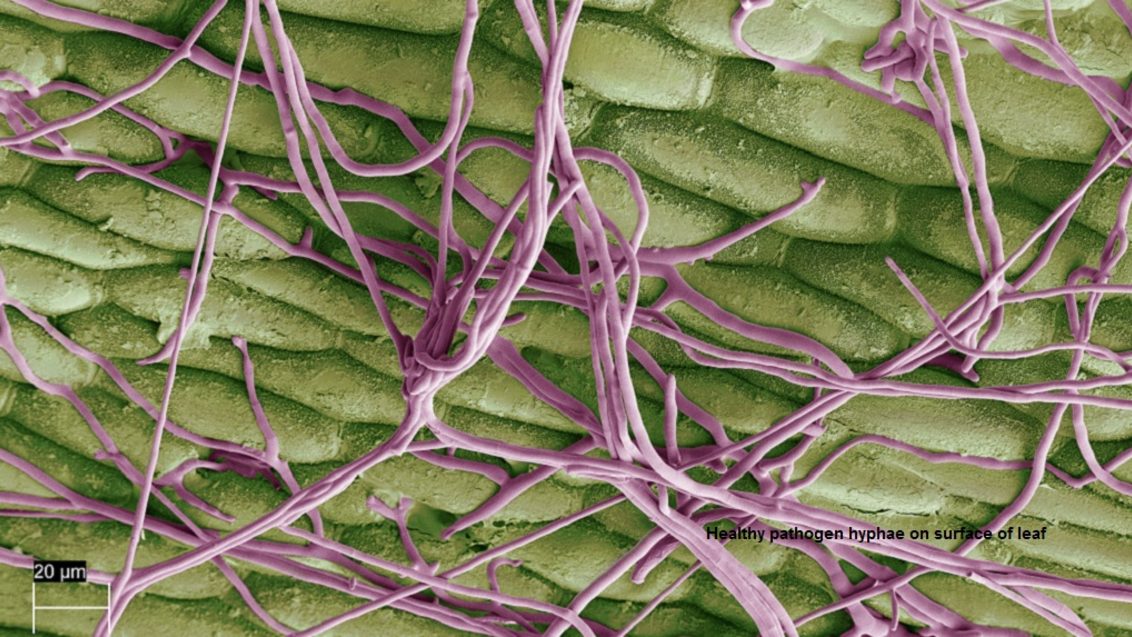
Fungicides allow turf managers to reduce the detrimental effects of disease on turf health and playability, making them an integral part of modern turf management systems.
Their benefits, though, come with a challenge: the continued evolution of disease pathogens due to the selection pressures we exert on them. This leads to resistance development, which can be a problem if not managed correctly.
The US has a long history of reported fungicide resistance among turf pathogens. This includes Dollar Spot’s resistance to benzimidazole, dicarboximide and strobilurin fungicide classes; Anthracnose’s resistance to benzimidazole, strobilurin and DMI; strains of Winter Fusarium’s reported insensitivity to iprodione. Although pathogen resistance development is not yet a major challenge in the Australian turf industry, it is a real threat. With continued implementation of resistance management practices, though, the threat can be maintained at an acceptable level – without limiting our ability to control pathogens.
How does resistance work?
Fungicide resistance is described in two forms – qualitative and quantitative – and it is useful to understand how both types work.
Here are some key definitions to keep in mind.
Qualitative Resistance – commonly spoken about, this resistance mechanism often occurs when a pathogen population contains either sensitive or resistant individuals, and a natural mutation occurs at the point where a fungicide binds. When this happens, the fungicide cannot disrupt the pathogen’s function, which leads to complete loss of control. The surviving pathogen passes on this change to new progeny, creating a resistant population.
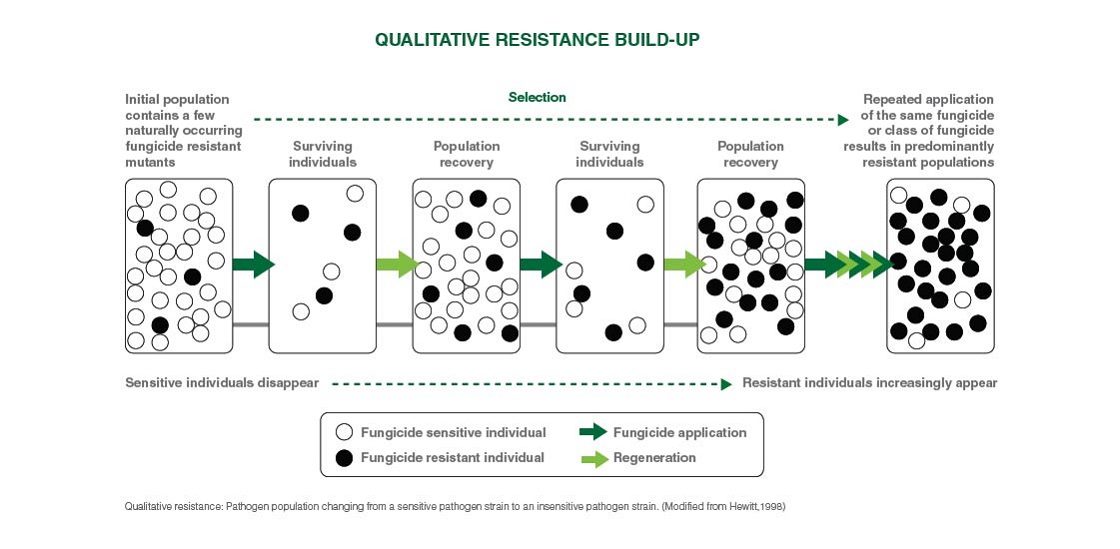
Quantitative Resistance – this is when the pathogen population has a range of sensitivity to a fungicide. Regular fungicide use can gradually cause pathogen populations to become insensitive, reducing its effectiveness.
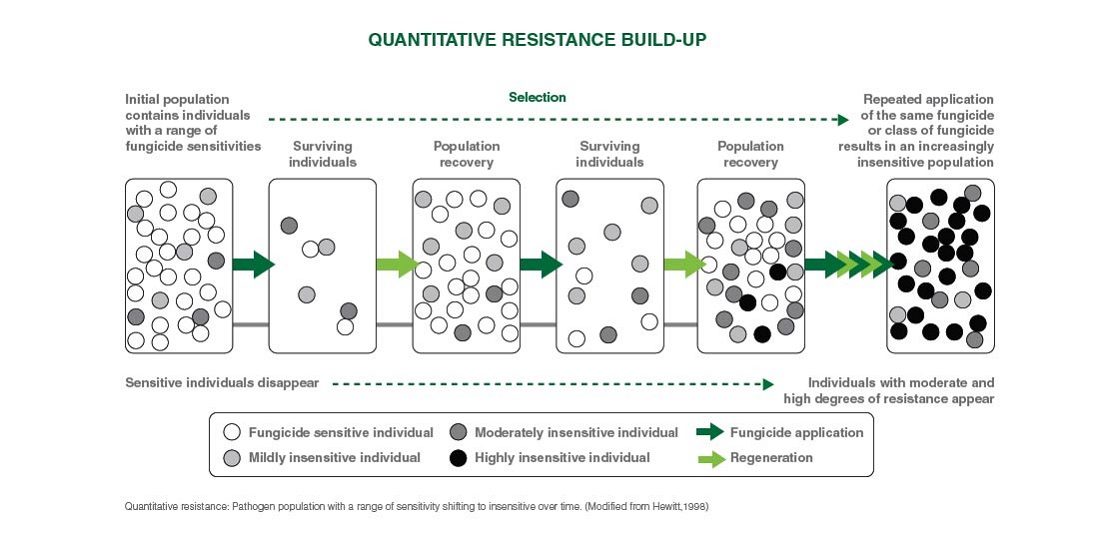
Biochemical Mode of Action – MOA is the pathogen biochemical pathway that is targeted by the fungicide. Fungicide MOA groups are designated by the Fungicide Resistance Action Committee, which provides resistance management guidelines to prolong the effectiveness of ‘at risk’ fungicides and to limit crop losses, should resistance occur.
Multi and Single-Site Fungicides – fungicides are classed as multi-site or single-site. In single-site fungicides, the resistance risk is normally medium to high, as only one change needs to occur in the pathogen for fungicides to become ineffective. Multi-site fungicides are mainly contact fungicides developed before the 1960s. These fungicides have a variety of different fungicide target sites, leading to a reduced resistance risk as more changes are required in the pathogen for it to pass on resistance development.
Cross Resistance – this occurs to different fungicides that share the same MOA. For example, if a pathogen exhibits resistance to trifloxystrobin (Group 11), it would exhibit resistance to other Group 11 fungicides like azoxystrobin. This means we may lose not just one fungicide if resistance develops, but an entire class of chemistry.
How to manage resistance
One of the strongest management techniques we have to deal with resistance is to rotate the fungicide’s MOA. Truly novel fungicide technology that offers new MOA groups doesn’t often become available – even with the considerable investments made by R&D companies. When new technology is developed – for example, VELISTA, the first registered broadspectrum Group 7 fungicide – it gives the industry additional options for rotation. Managers can move from effective but heavily relied upon groups like Group 11 Strobilurin and Group 3 DMIs and rotate with a Group 7 fungicide.
Other measures that help prevent resistance development are:
Rotate, Rotate, Rotate
Alternate MOA groups to remove isolates that develop an insensitivity to a specific MOA. This rotational process means the turf remains sensitive to pathogens and ensures the longevity of fungicide efficacy.
Restrict use
Follow the manufacturer’s directions on best use and maintain application limits during each season/year. Following best practice guidelines for consecutive applications will help reduce resistance development.
Apply the correct rates
Under-application can lead to fungal pathogens that are not fully controlled, creating a greater chance of survival and adaption of the disease.
Use preventative applications
Preventative application maintains a much lower pathogen population. This reduced number of pathogens limits the opportunity for natural mutations that lead to resistance development.
Incorporate multi-site MOA
When appropriate, consider tank mixing low-risk, multi-site fungicides to expand target sites of the fungicide mix.
Practice integrated disease management
Employ sound cultural practices, including appropriate moisture management, irrigation timing, fertilisation, correct pH, aerification, dew removal, mowing, ensuring adequate airflow and shade reduction.
Support new technology
Many new fungicides released are from existing MOA. They may be new chemicals or combination products, but offer little to aid resistance management. To effectively manage disease resistance, new groups are required to break up existing rotations of fungicides. It is important that R&D companies continue to invest in development of new options for the industry to ensure we can manage resistance into the future.
BRENT, K. J. & HOLLOMON, D. W. 1998. Fungicide resistance: the assessment of risk, Global Crop Protection Federation Brussels, Belgium.
DEISING, H. B., REIMANN, S. & PASCHOLATI, S. F. 2008. Mechanisms and significance of fungicide resistance. Braz J Microbiol, 39, 286-95.
FRAC. n.d. Available: [Accessed 2017].
GALLIAN, J., MILLER, J. S. & NOLTE, P. 2006. Managing Fungicide Resistance, University of Idaho Extension.
LATIN, R. 2011. A practical guide to turfgrass fungicides, St. Paul, Minn., American Phytopathological Society.
YOUNG, J. & PATTON, A. 2010. A guide to fungicide resistance in turf systems, [Cooperative Extension Service], University of Arkansas, US Department of Agriculture and county governments cooperating.
HEWITT, H.G. 1998. Fungicide resistance. Fungicides in Crop Protection. CAB International, New York.
SaveSave
SaveSave
SaveSave



